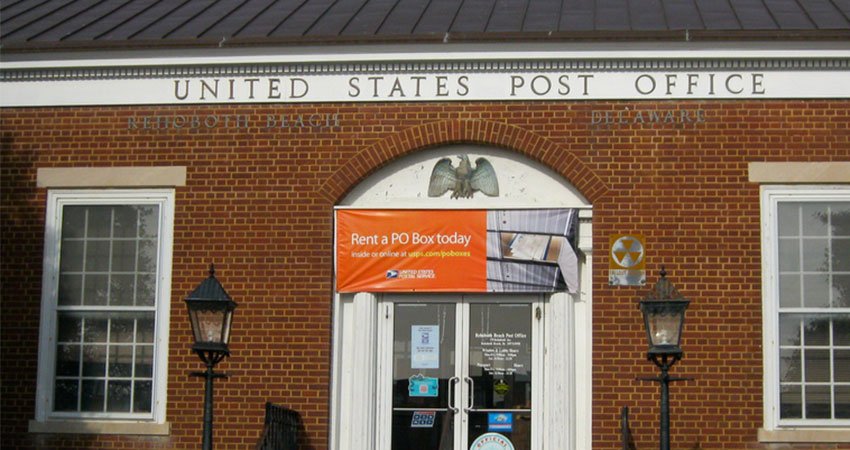The U.S. Postal Service reported a net loss of $1.7 billion in the third quarter, placing the blame on the 2022 Postal Service Reform Act which was heralded as a way to help provide relief for the USPS from the burden of years of unfunded retiree healthcare benefits.
The reasoning for the GAAP loss appears complicated. According to the USPS, under-funded retirement plans, workers’ compensation expenses hit by actuarial revaluation and discount rate changes, and a non-cash impact from the PSRA – the major factor – all contributed to the loss. It was a sequential improvement from a $2.5 billion loss in Q2, but the red ink continues to collect.
Operating income for the USPS also dipped 0.9% to $18.6 billion. Parcel volume, which had been ticking up quarter by quarter at the USPS for several years, fell 2.3% to 1.7 million pieces, after dropping 5% in Q2. Operating expenses increased 9.6% to $20.5 billion. Revenue was down 1% to $18.6 billion.
Parcel volume dipped despite the fact that UPS CEO Carol Tome said this week that an estimated 1 million parcels per day were diverted to competitors in Q2 as a result of uncertainty over the Teamsters contract outcome, evenly split among the USPS, FedEx and regional carriers.
Postmaster General Louis DeJoy said the USPS has made “significant efforts” to reduce operating costs, including lower work hours and transportation costs, while stabilizing package revenue.
“However, these efforts have been overcome by a universal curtailment of advertising expenditures, significant inflation costs and the continued existence of an improper Civil Service Retirement system allocation, which we assumed would have been eliminated at this time in our original Delivering for America projections,” DeJoy said.
All of this together drove $6 billion in unplanned costs this year, DeJoy added, “and will be in our operating cost base well into the future.”
Addressing the recent rollout of Ground Advantage, which consolidates three existing services, DeJoy said it will enable the USPS to reach its objective of a 2-5-day delivery standard by consolidating mail and package volume. The new SLA was set when Delivering For America was announced in 2021.
“We are confident that this new product, as well as the ongoing improvements we are advancing in our local and regional destinating entry products, as well as improvements to our Priority Mail products, will help us grow our revenue in an integrated and cost-effective manner,” he said.
Over the next 18 months, DeJoy said, the USPS plans to open nine new regional centers while renovating 27 processing centers and 60 sortation and delivery centers, without closing any local post offices.
“Approximately 85% of next year’s investment will be in existing USPS facilities, beginning the journey to eradicate over $20 billion dollars of deferred maintenance and prepare us for the next 30 years of operations,” he said.

